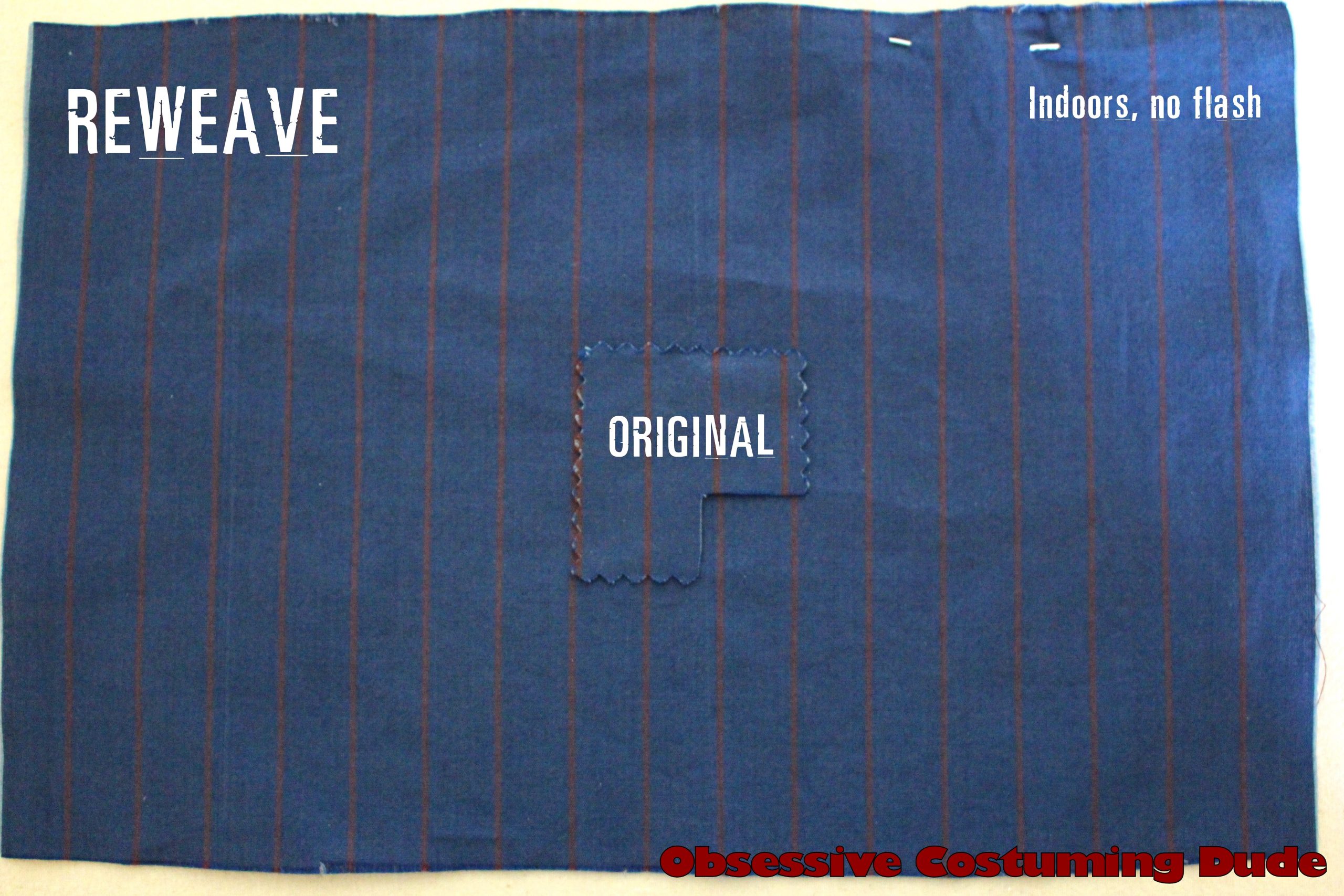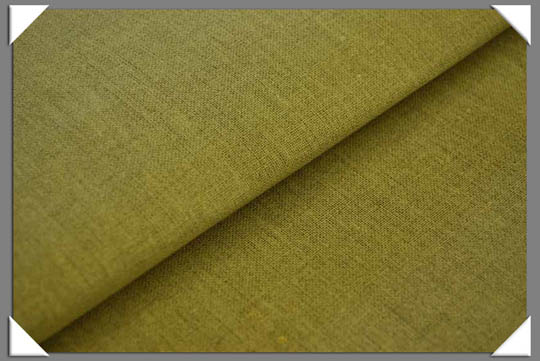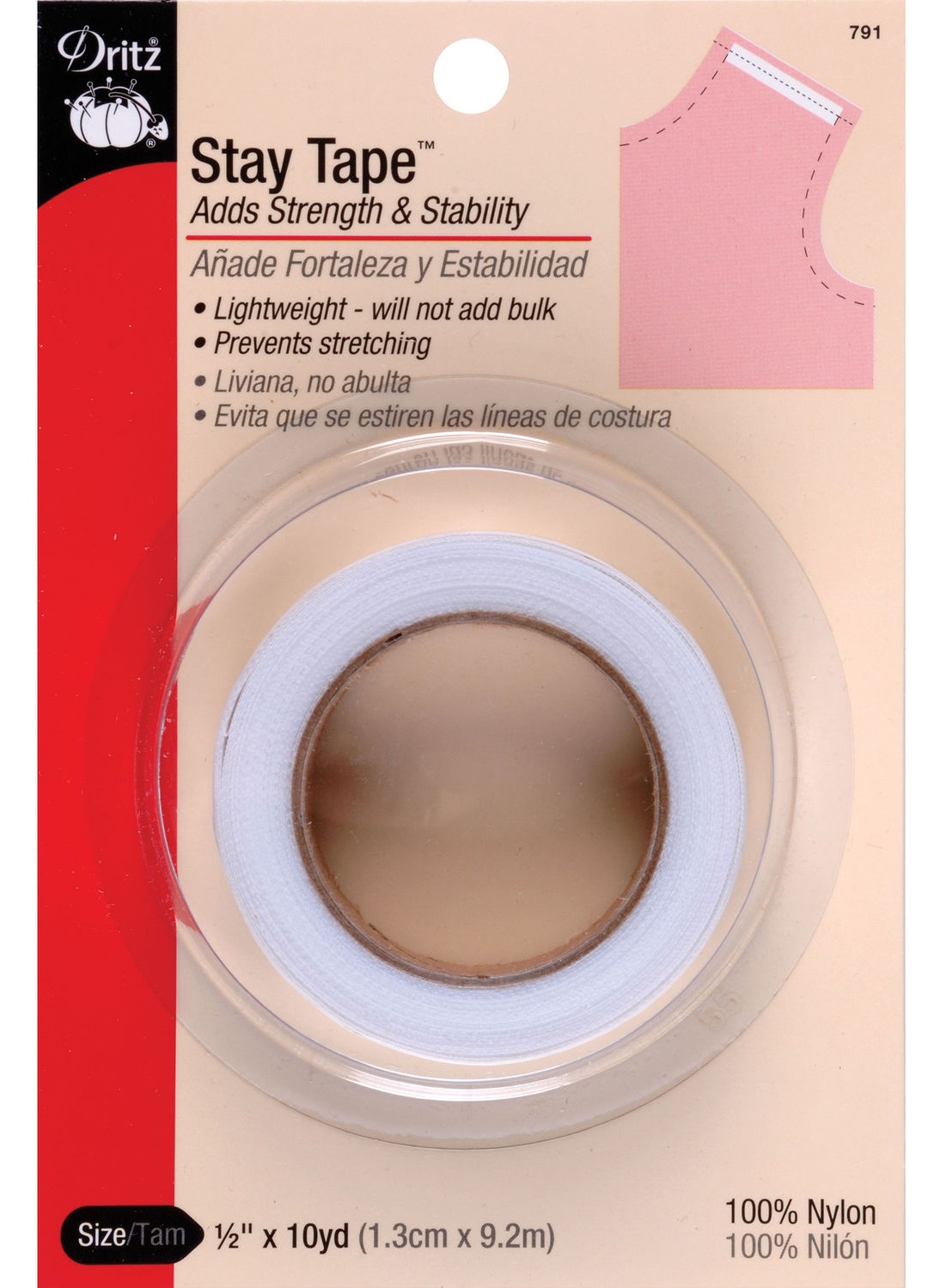FABRIC
- 4 yards of 60″ fabric (5 yards for larger sizes)
While you’re obviously free to use whatever fabric(s) you want to make your suit, if you’re wanting to specifically make a 10th Doctor replica suit, you’ll want to use lightweight cotton.
I recommend using Magnoli Clothiers’ replica fabric, which was updated (with my assistance) to be truer to the original fabric colors than their previous fabrics.

For the blue suit in this tutorial, I used the fabric I had rewoven (with Daniel Pawlik’s assistance) directly from a swatch of original fabric provided by Louise Page.
That fabric is no longer available, and I recommend the Magnoli fabric above.

- 4 yards of sateen (5 yards for larger sizes)
Louise Page told me that the original blue shirting fabric was backed with sateen to bolster it up, because it was so thin. As a result the blue suit was actually heavier than the brown.
I suppose technically any color of sateen would work, but I used navy.
Here’s the exact sateen I used for the blue suit in this tutorial:
- 1 yard of lightweight or medium weight fusible hair canvas (optional)
Although for the blue suit in this tutorial, I backed the blue shirting fabric with sateen to bolster it up (as per the originals, and with good results), I found the whole process to be a hassle and would rather have just interfaced the jacket fronts with a fusible interfacing such as “Light Weight Deluxe Fusible Hymo 72” (T15-U)” from B. Black and Sons, like I did on my brown suit:
I did, however, use this same fusible hair canvas to interface the jacket front/lapel facings.

- 1 yard of lightweight fusible hair canvas (optional)
Again, although for the blue suit in this tutorial, I backed the jacket body with sateen to bolster it up, I believe a similar result could be achieved with less hassle by using a fusible interfacing such as “Light Weight Stretch Fusible Hymo” (T15-UU) from B. Black and Sons to interface the jacket side and back panels, like I did on my brown suit.

- 2 yards of 60″ blue lining (3 yards of 44″ lining)
Rayon linings are my personal preference, both as a maker and a wearer, so that’s what I used for the suit in this tutorial.
Obviously you can line your jacket with whatever you like. 🙂

- ¼ yard of navy undercollar felt/melton
I use and recommend the undercollar felt from B. Black and Sons.
I prefer to order it in full-yard increments (which will be enough for many collars):

Alternatively, you can order it in 12″ x 12″ squares, but that’s cutting it a bit close (literally)!

- 1 yard of medium weight hair canvas
For the suit in this tutorial, I used “Medium weight hymo” (T15-CC) from B. Black and Sons to interface the jacket front:
Note that a yard of this 63″ wide hair canvas will be sufficient for this project, but if you’re using a narrower canvas (20-24″ is common), you may need 2 yards.

- ½ yard of French canvas
For the suit in this tutorial, I used “French Collar Canvas” (T15-M) from B. Black and Sons to interface the collar and upper chest area:

- 1 yard of lightweight fusible interfacing
This will be used to stabilize/reinforce various areas such as the trousers’ waistband and fly, and pocket openings on both garments.
For the suit in this tutorial, I used the black interfacing pictured to the right and recommend it because it’s 100% cotton, inexpensive, and easy to find.

- 1 yard of pocketing
While I don’t know the specific construction details of the original blue suit trousers, in the absence of any evidence to the contrary, it’s reasonable to assume they’re analogous to the brown (GAP) trousers, which had lightweight black cotton twill pocket bags.
However, for more conventional pockets, you can simply use standard pocketing fabric. Either of the options below should work well:
“Deluxe Polyester/Cotton Pocketing” (T401)


Alternatively, a lightweight black cotton fabric such as muslin or quilting cotton will work fine.
- 1 yard of muslin (optional)
I like to use strips of muslin to anchor the jacket’s lower pockets to the underarms.

- 1 yard of cotton flannel or batting
This will be used for the upper chest area.
I just used plain black cotton flannel, but you can use whatever color or print you like (and feel free to have some fun with this).
Lightweight cotton batting (such as that pictured to the right) also works fine.

- 1 yard of waistband facing fabric
Again, without evidence to the contrary, I like to imagine a similar color inversion on the trousers’ interior as that on the original GAP trousers – in this case, a “rust red” waistband facing.
I designed a Spoonflower print specifically for this purpose, which you’re welcome to use.
In fact, I made TWO! One has the stripes going vertically (parallel to the selvage), and the other has the stripes already printed on the diagonal for easy cutting.
Their “basic cotton ultra” looks and works great.
ACCESSORIES, NOTIONS, SUPPLIES, etc.
- 2 spools of blue thread
- 1 spool of black thread
- 1 spool of maroon thread

- Navy waxed (ideally silk) thread
You can buy thread and wax it yourself, or you can buy pre-waxed thread.
I use waxed silamide (2-ply nylon) thread from Wawak Sewing Supplies:
While it works wonderfully, it can be annoying to unwind from the cardboard skein.

- Cotton basting thread
I use and recommend #40 basting thread, also from Wawak Sewing Supplies:

⅜” cotton twill tape
I’ve used and recommend the “Fine Cotton Edge Tape,” again from Wawak Sewing Supplies.
A single spool/roll should last for many, many projects like this!

½” nylon stay tape
Although the ⅜” cotton twill stay tape is most commonly used for tailoring, I do like to use the ½” nylon stay tape in certain areas because the bulk it adds is negligible.
To this end, Dritz’ ½” nylon stay tape works great and should be readily available at your local fabric store.

Eight ½” or ⅝” blue buttons
Five ¾” blue buttons
For the suit I made in this tutorial, we used La Mode #1110 and #1111 (style 3908 and 3909, respectively).
They’re practically the cosplay jackpot in that they’re a reasonable match for the original buttons on the 10th Doctor’s suit while still being readily available and inexpensive! (They’re actually much more obviously navy in-person.)

9″ metal zipper
For the suit I made in this tutorial, we used La Mode #1110 and #1111 (style 3908 and 3909, respectively).
They’re practically the cosplay jackpot in that they’re a reasonable match for the original buttons on the 10th Doctor’s suit while still being readily available and inexpensive! (They’re actually much more obviously navy in-person.)

Two trousers-style hook-and-eye closures
You can use the standard retail trousers-style hook-and-eye closures, which are hand-sewn to the garment.
However, for an authentic GAP trousers replica, use the more professional, prong-type closures!

2 yards of 2” waistband bias canvas
This is to help provide structure for the trousers waistband.

2 yards of 1 ½” Ban Roll
This is to help provide structure for the trousers waistband.

2 yards of ½” or 9/16” seam binding
Again, in the absence of any evidence to the contrary, I like to imagine a red waistband interior on the trousers, and I used the “Wine” seam binding from Wawak to help achieve this effect.

2 yards of dark red ¼” bias tape
While you can use the same seam binding mentioned above, the original GAP trousers’ center back and fly seam allowances were bound with bias tape.
Again, assuming the blue trousers’ construction to be analogous to the brown (GAP) trousers but with a similar interior color inversion, I suggest using dark red bias tape.
At my local fabric store, the specific color I wanted (“Ox Blood”) was only available in wider quilt binding, so I used that and trimmed it down into narrower strips of custom bias tape.

1 pair of shoulder pads
For the best results, I recommend either making your own custom shoulder pads, or using pre-made pads such as those available from B. Black and Sons:
(For shoulders with average slope, I suggest using the 6-ply pads. Increase or decrease the loft of the shoulder pad accordingly for sloped or square shoulders.)

1 pair of sleeve heads
Sleeve heads are easy enough to make on your own, but I find it more convenient to simply use pre-made ones, such as those available from B. Black and Sons:

There are a few other items which, while not strictly necessary, may make your work easier and/or help produce superior results:
Serger (especially for the trousers)
I use and recommend the Brother Designio Series DZ1234 serger.

Quilting/walking foot for your sewing machine

Rotary cutter and cutting mat
Rotary cutters come in a variety of sizes and styles, so just go with what you prefer.
I recommend getting a nice big cutting mat, though, if you have the space for it.

Tailor’s clapper

Tailor’s ham



